Israelis and Palestinians are ready for the hostage-prisoners exchange after the Jewish nation and Hamas agreed to the first phase of US President Donald Trump’s Gaza ceasefire proposal. On Sunday, the Israeli government said that the exchange of Palestinian prisoners and all living hostages in Gaza will take place on Monday morning (local time).
In light of this, Tel Aviv shared a list of 250 Palestinian prisoners who will be released in the exchange. These prisoners were facing a life sentence in Israel. Apart from this, Israel would also release 1,700 prisoners who were detained since October 7, 2023. On both sides, there is a sense of relief mixed with joy over the progress following the two years of devastating war.
Additionally, an open-ended truce between Israel and Hamas, which was brokered by the United States and Arab mediators and began at noon on Friday, appeared to be holding over the weekend.
What to look forward to
As part of the first phase of the Gaza ceasefire, the Israeli forces have already withdrawn to a new defensive line, which is still inside Gaza. As a result of this, thousands of displaced Palestinian residents have headed back to Gaza City in the north of the territory. There has also been a significant increase in quantities of desperately needed food, medicine and other humanitarian aid, which are expected to start flowing into the enclave.
Meanwhile, Trump left Washington, DC, for Israel on Sunday, declaring that the war between the two sides is “over”. During his trip to Israel, the American leader is set to meet with the families of hostages and address the Israeli Knesset, or parliament, in Jerusalem.
From there, he is scheduled to fly to Sharm el-Sheikh, a Red Sea resort in Egypt, where he and Egypt’s President Abdel Fattah el-Sisi would chair a summit along with other Arab partners who supported the deal. Several world leaders have been invited to attend, but it was not immediately clear whether any Israeli or Palestinian representatives would participate.
It is also unclear if any countries were planning on sending troops to join an international stabilisation force that Trump had suggested to handle the security in postwar Gaza. The confusion on the matter became more apparent after Israel’s defence minister, Israel Katz, issued a puzzling statement on Sunday saying that the greatest challenge for his country after the hostages’ release would be “the destruction of all of Hamas’s terror tunnels in Gaza.”
Impact Shorts
More ShortsKatz maintained that the mission would be carried out directly by Israeli military forces, “and by means of the international mechanism that will be established under the leadership and supervision of the United States.” “Destroying the tunnels would be the main expression of the demilitarisation of Gaza and dismantling Hamas’s weapons,” the Israeli defence minister averred.
However, Katz’s statement did not address the fact that the Israeli forces have now withdrawn from Gaza City, where much of the Hamas military infrastructure remains intact, according to Israeli leaders, who only recently described the city as one of the militant group’s last bastions. Under the vague terms of the agreement, Israeli forces cannot return to areas from which they have withdrawn as long as Hamas is seen as complying with the deal.


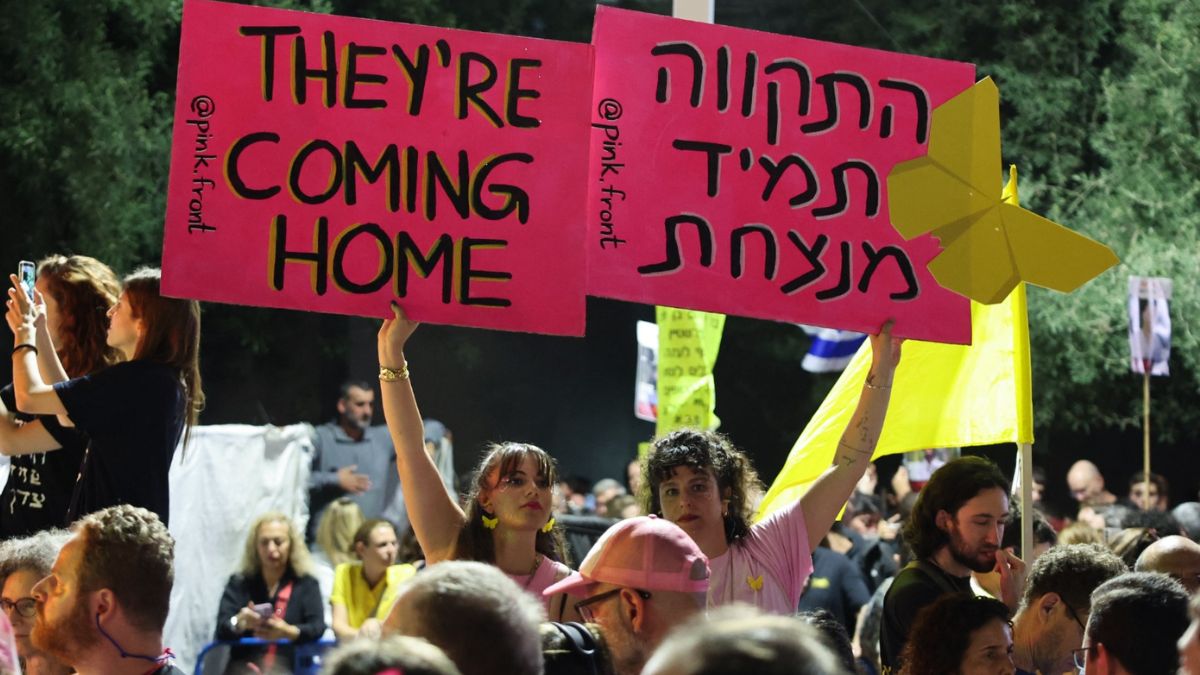)
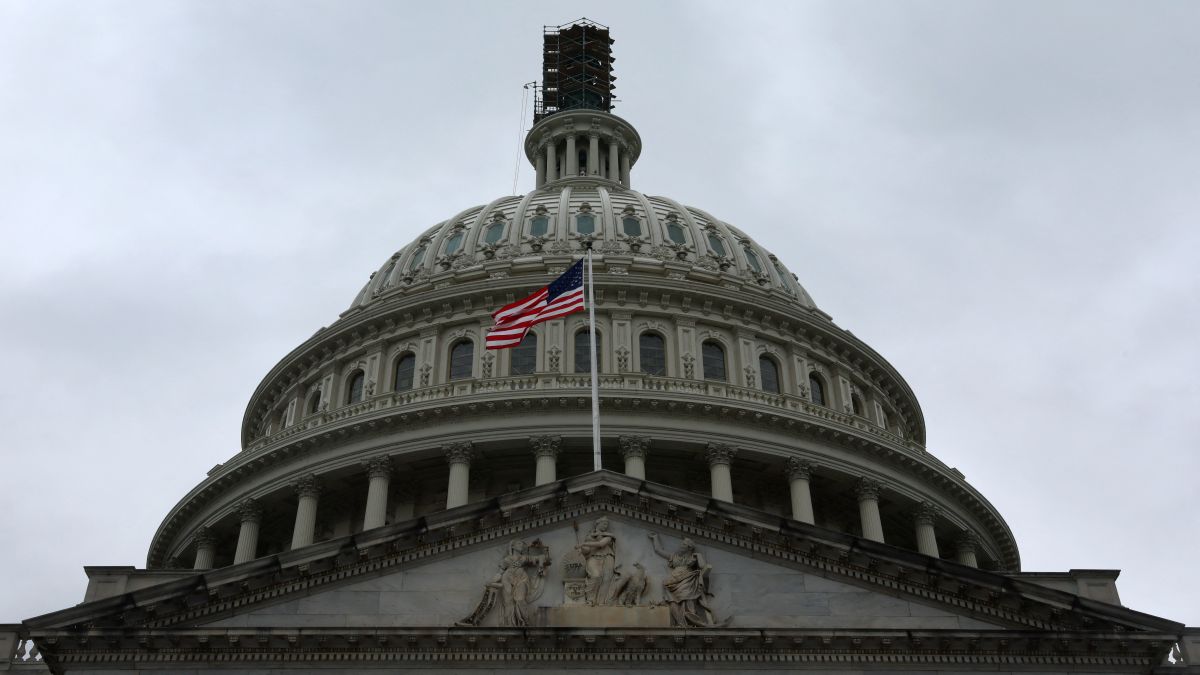
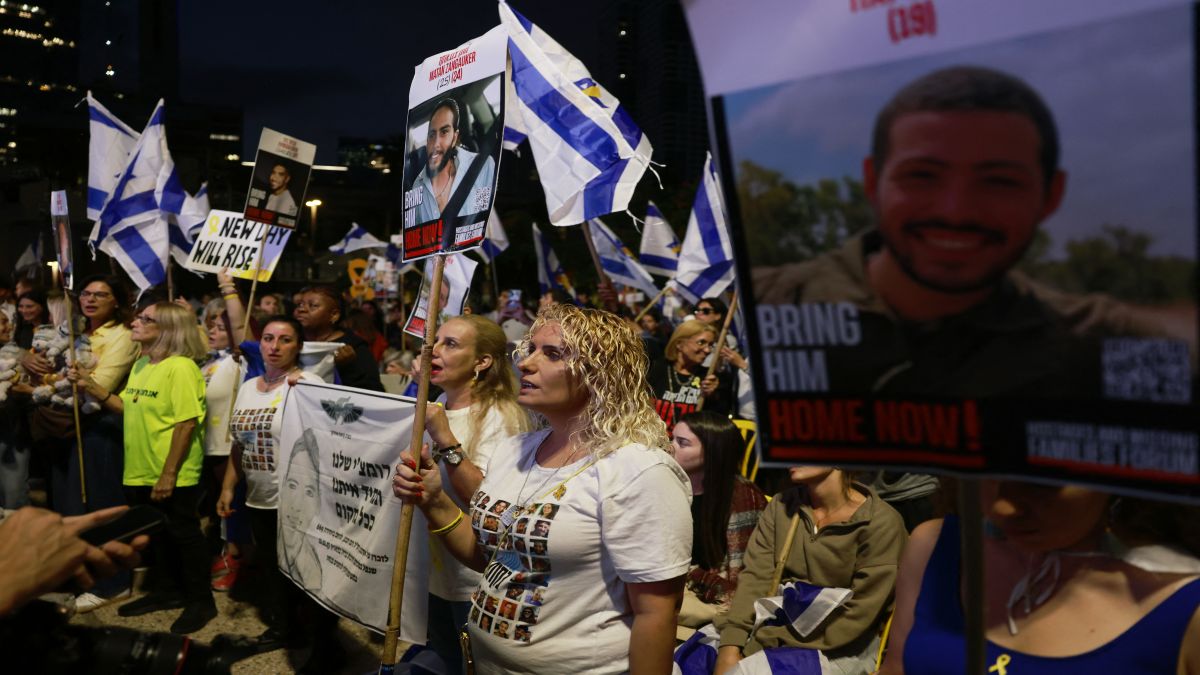)
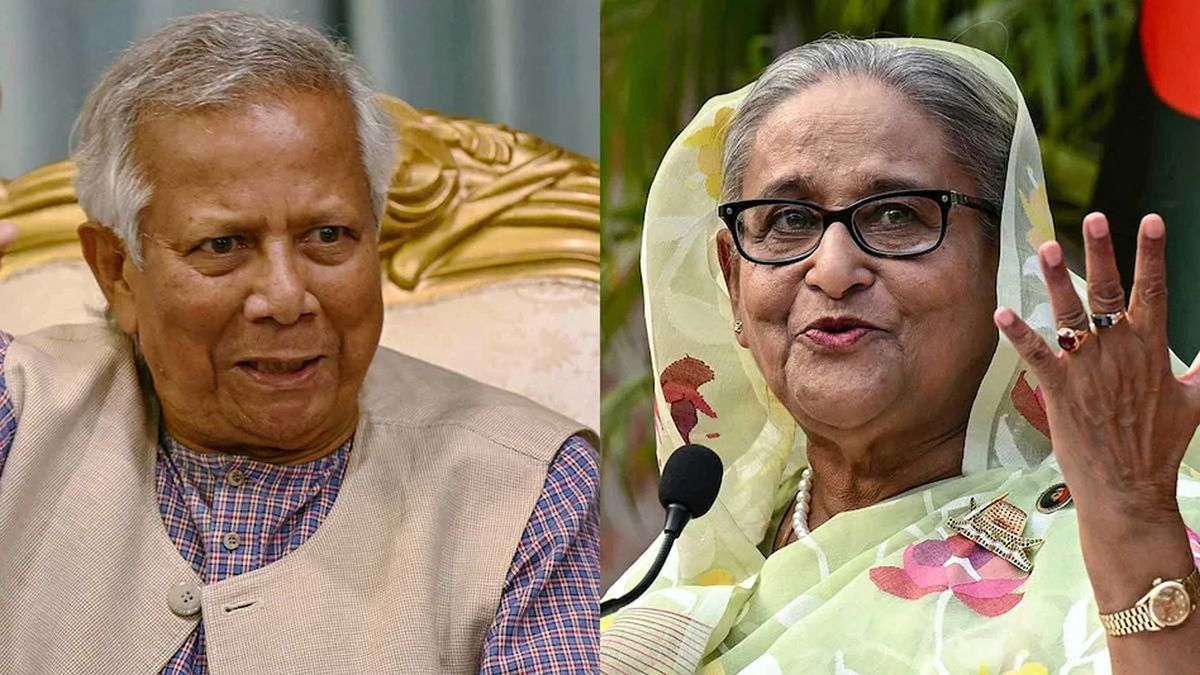)
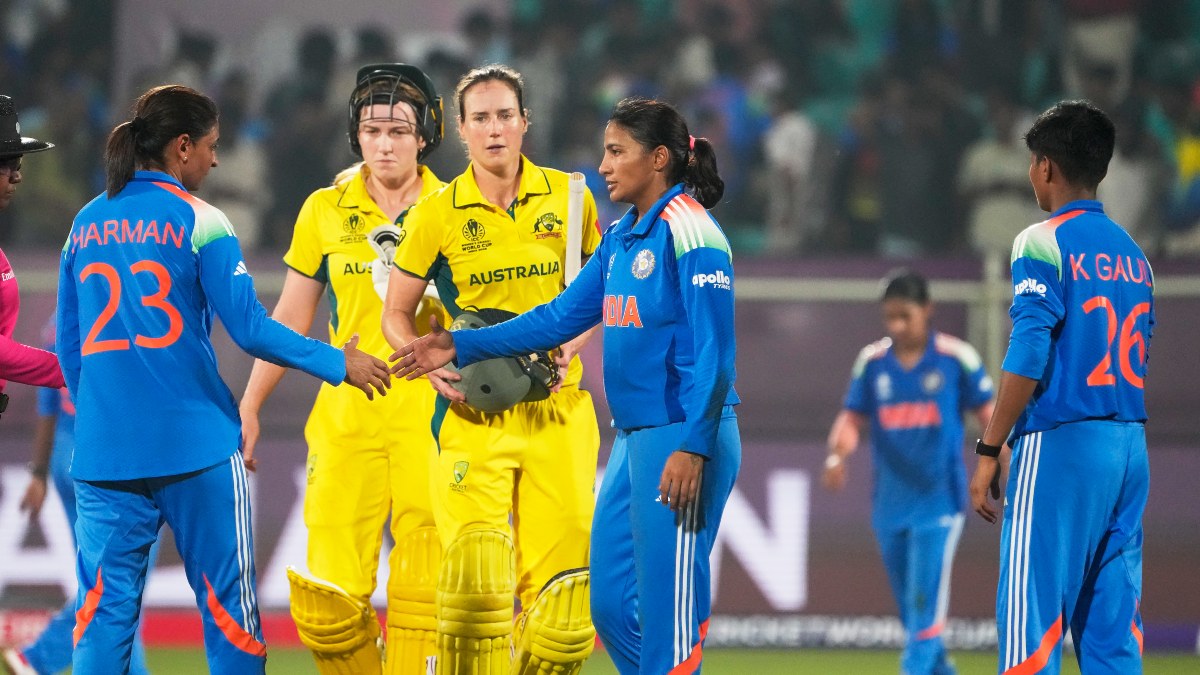)
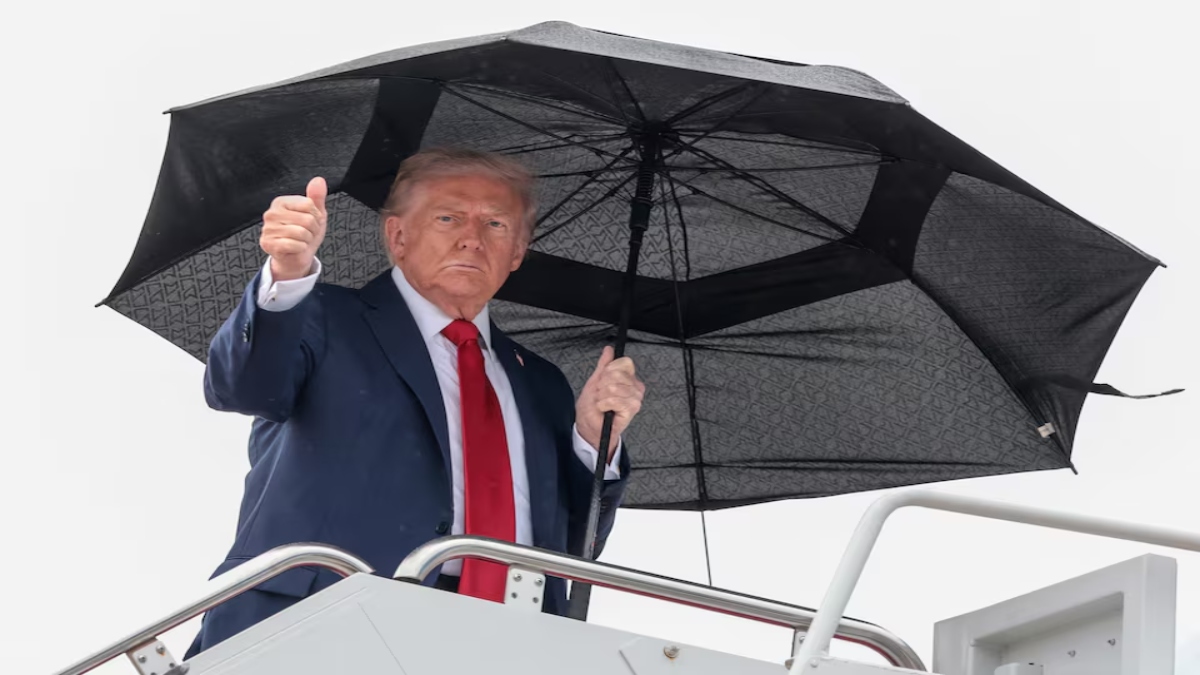)
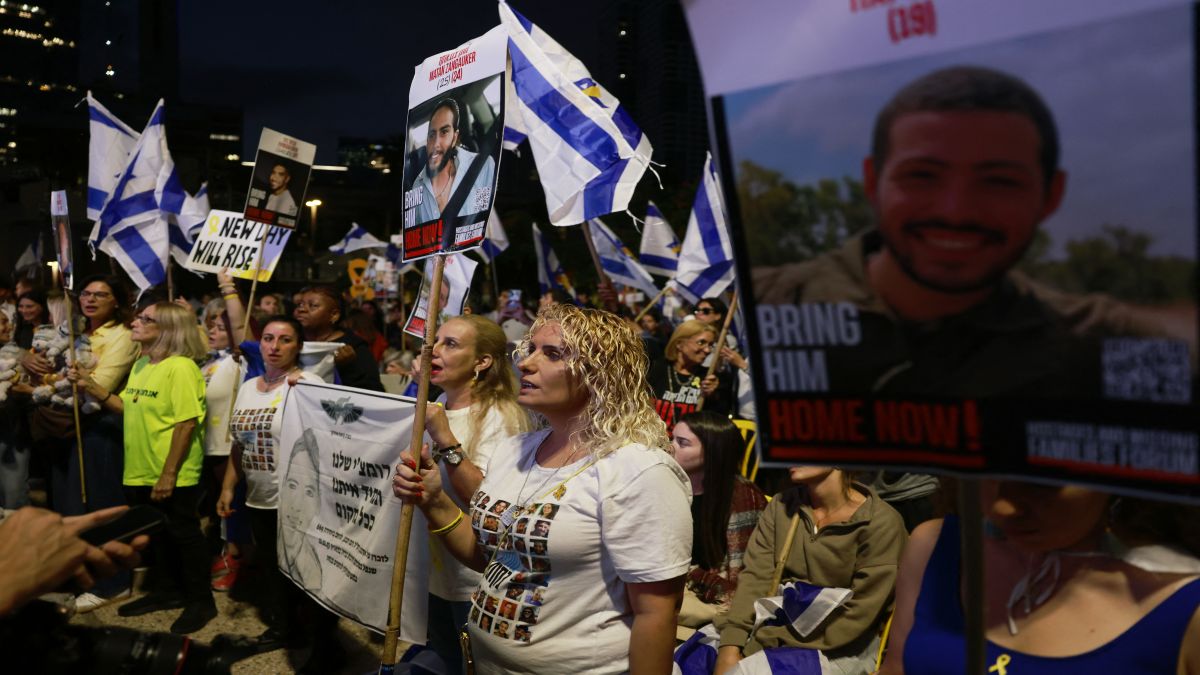)
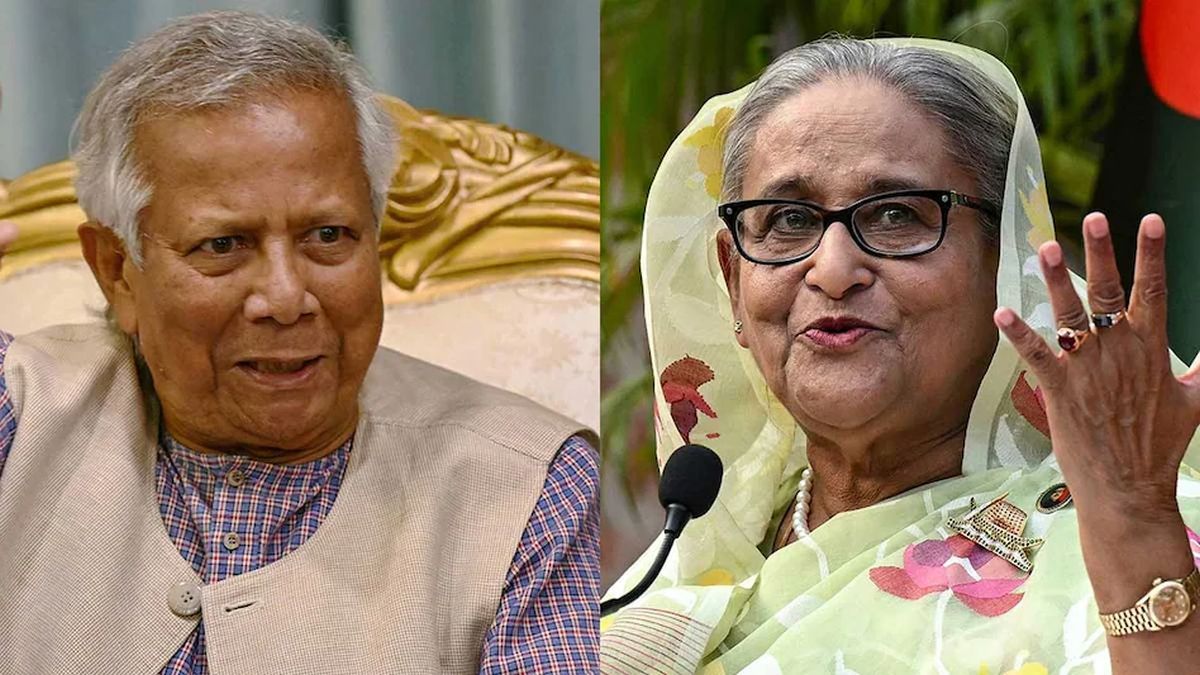)
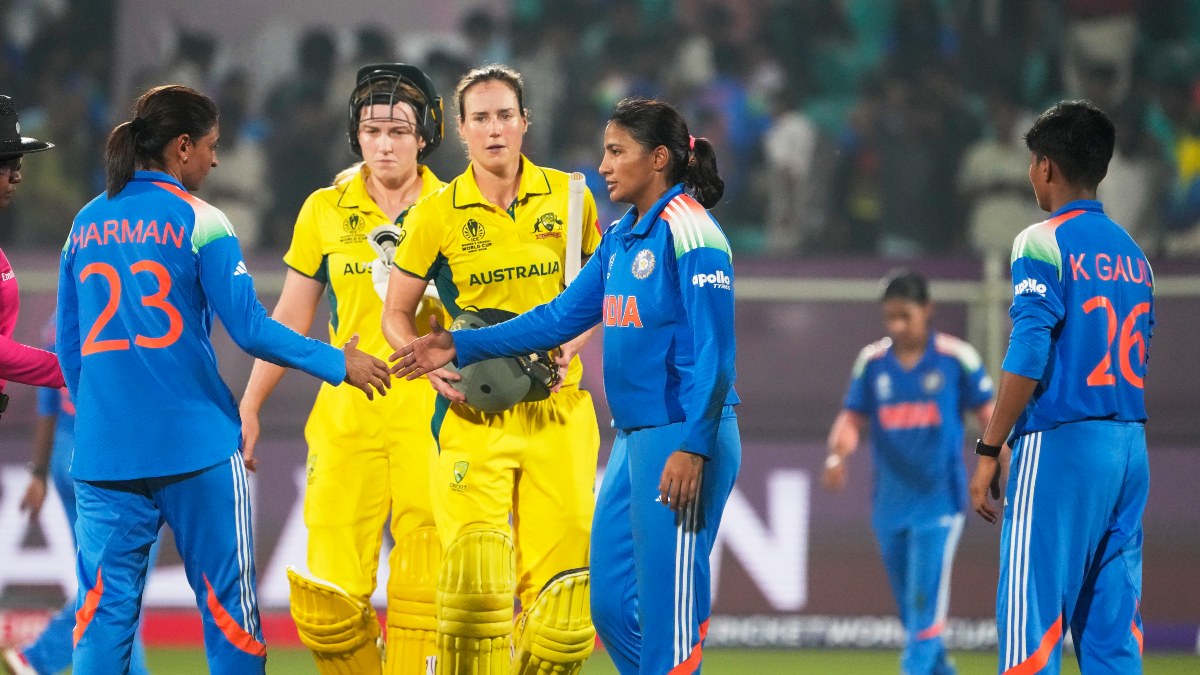)
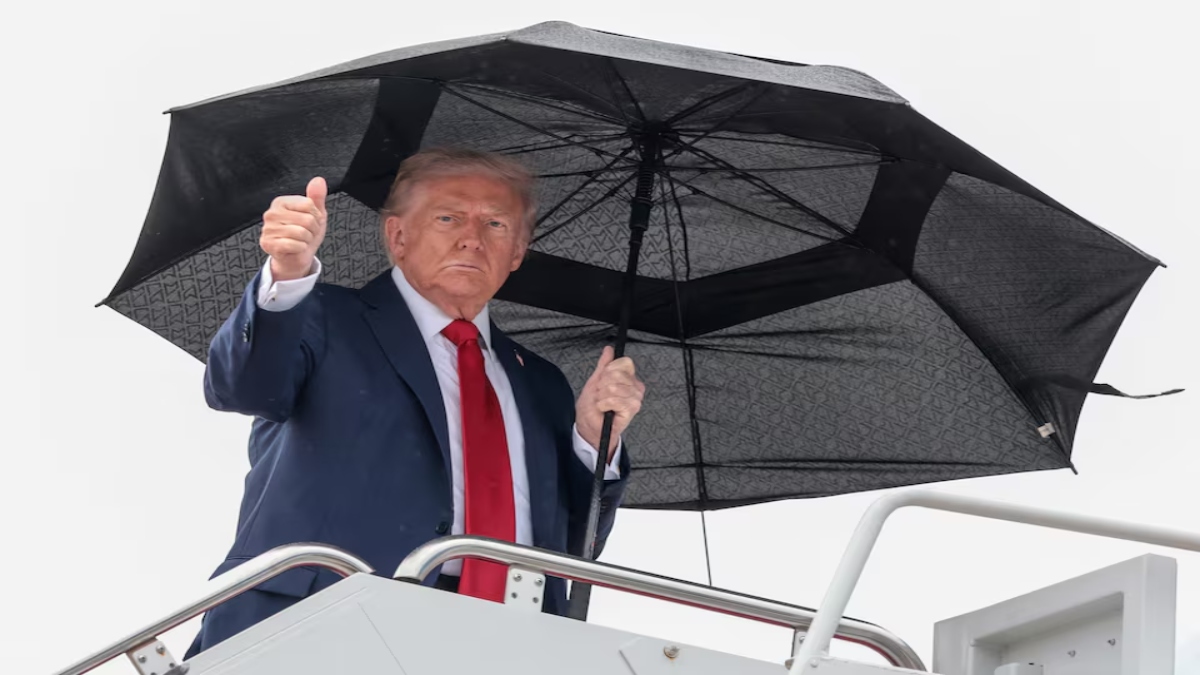)



